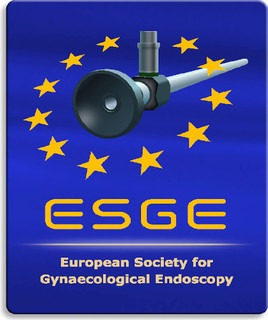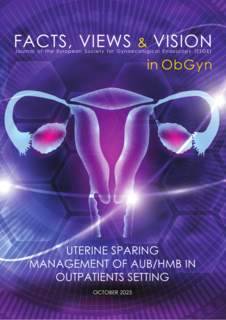Endometrial ablation in the Outpatient Setting*
Endometrial ablation, local anaesthesia, fundal block, heavy menstrual bleeding, outpatient setting
Abstract
Endometrial ablation techniques are a minimally invasive, safe and satisfying option for heavy menstrual bleeding (HMB) treatment. The development of new faster devices with smaller diameters has made it possible to perform these procedures in office and outpatient setting under local anaesthesia with high patient satisfaction, fewer complications, shorter hospital stays and quicker recovery time reducing costs. In this article we analyse the management protocols for endometrial ablation in the outpatient setting to provide the best treatment option. A bibliographic search from 2013 in the Medline, Embase, PubMed and Cochrane Library databases was carried out with the keywords: endometrial ablation, outpatient, local anaesthesia, fundal block.
Most studies reviewed show that 2nd generation endometrial ablation techniques are safer, faster, and equally effective for treatment of HMB than 1st generation ones and can be safe and feasible under local anaesthesia in office and outpatient setting. The combination of either intra- or paracervical anaesthesia with intrauterine cornual or fundal block is more effective at reducing pain. Levobupivacaine and Ropivacaine are the anaesthetics of choice due to their potency duration with low adverse effects.
Women should be encouraged to play an active role in selecting the type of surgery the setting and the model of care, based on a complete information, their personal preferences and expectations.
Some aspects such as age, intention to become pregnant, other symptoms or comorbidities and failure of previous treatments will help to make the best choice.



